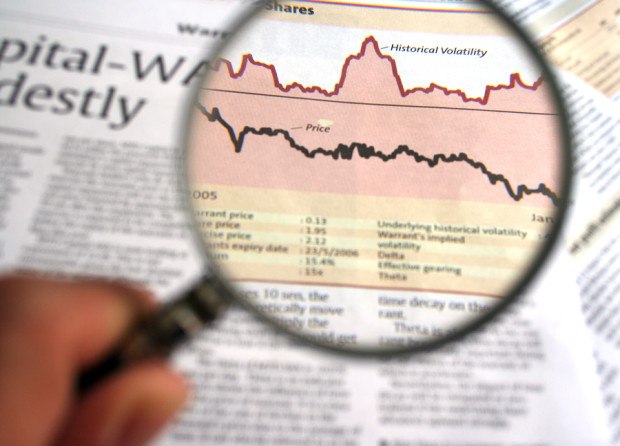President Donald Trump on Friday indicated that he has asked the Securities and Exchange Commission to review changing its reporting requirements, away from quarterly reports to semi-annual reports. Salman Arif, assistant professor of accounting at Indiana University’s Kelley School of Business, has studied the effects of semi-annual reporting on investors and financial markets.
An earlier research study by Salman Arif and Emmanuel De George, an assistant professor of accounting at the London Business School, raises significant questions about this prospective change in SEC policy.
“Our study exploits the fact that several countries around the world permit semi-annual reporting. Close to 40 percent of firms in our global sample from 29 countries reported earnings only semi-annually from 2001-2012. We use news from the quarterly earnings announcements of industry bellwether peer firms as an alternative source that investors might use to value a firm in the absence of its own financial statements. Our findings indicate that this is in fact true: investors in firms that report only semi-annually do use quarterly results from industry bellwether firms when determining company valuations.
“Strikingly, we find that semi-annual reporting exacerbates stock price volatility because investors do not receive timely information about performance for the “missing quarters” (i.e. Q1 and Q3, when semi-annual firms do not report earnings). Specifically, during the missing quarters, investors rely excessively on information from industry bellwethers to value firms. These swings reverse when semi-annual firms eventually report their own earnings.
“Our findings suggest that by starving investors of information, semi-annual reporting leads investors to overreact to alternative sources of information about fundamentals. This creates predictable and excessively volatile stock price patterns around semi-annual firms’ earnings announcements, when the firm’s actual performance is finally revealed. Taken together, our evidence suggests that an unintended consequence of low reporting frequency is that it impairs the ability of investors to properly value firms and impedes the efficiency of financial markets.”
“Other empirical findings that have emerged in the academic literature suggest that lowering the frequency of financial disclosure imposes a higher cost of capital on firms because investors require compensation when firms provide financial reports on a less frequent basis. Further, there is only mixed empirical evidence that lower reporting frequency leads to improved long-term decision-making by managers. Indeed, changing reporting intervals from three months to six months is in my opinion unlikely to result in a significantly longer-term mindset from either managers or investors.
“Please note that our paper focuses on one dimension of reporting frequency and does not speak to the net costs or benefits of different reporting frequencies.
“That said, there is limited evidence to suggest that moving to semi-annual reporting would significantly benefit the economy—in fact, it may do just the opposite,” Arif said.
Source: Indiana University





















 U.S., UK, and Canada Consumers Suffer the Most Data Breaches: Report
U.S., UK, and Canada Consumers Suffer the Most Data Breaches: Report  Nearly Half of 100 Largest P/C Insurers Destroy Value: ACORD
Nearly Half of 100 Largest P/C Insurers Destroy Value: ACORD  AI Is the Biggest Mover on Allianz Risk Barometer; Cyber Takes Top Spot for Fifth Year
AI Is the Biggest Mover on Allianz Risk Barometer; Cyber Takes Top Spot for Fifth Year  Homeowners Critical of FAIR Plan, State Farm A Year After LA Wildfires
Homeowners Critical of FAIR Plan, State Farm A Year After LA Wildfires 